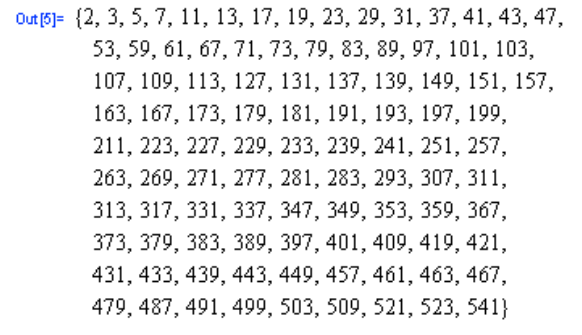New Mersenne Prime Discovered

April 16, 2018
Recently, the largest ever prime number was discovered (recall that a prime number is an integer bigger than 1 that isn’t divisible by anything besides 1 and itself). The prime number found is called a Mersenne prime, named after Marin Mersenne, a French mathematician. A Mersenne prime is of the form 2n-1 (n is an integer). For example, if n = 3, then 23-1 gives us the prime number 7. Of course, not all numbers of this form are prime numbers. If n= 4, then 24-1 gives us 15, which we know isn’t prime! Checking that 2n-1 is prime makes finding large Mersenne primes very time-consuming. In the new largest Mersenne prime, n= 77,232,917 and is known as M77232917. It is the biggest prime number to be discovered thus far, and the 50th Mersenne prime overall. M77232917 was found by Jon Pace, using free software on his church’s computer. Because the odds of discovery were so low, Pace received lots of media attention for his accomplishment and is even eligible for a $3,000 award. Pace is part of the Great Internet Mersenne Prime Search (GIMPS). The program is very popular, and members from all over the world contribute to the search. The new number is the 15th prime discovered by GIMPS. It is over 23 million digits long, one million larger than the previous Mersenne prime found (the 49th Mersenne prime was also found by a GIMPS member).
Computers find multiplication of prime numbers easy, but factoring computationally very difficult. This makes large prime numbers useful in fields such as computer cryptography. So, despite the increasing difficulty of discovering prime numbers, the search is still underway.







MANDA B SURY • Apr 2, 2020 at 8:10 pm
I wonder if anyone has studied other forms of prime numbers:
FOR EXAMPLE: 3^even -2 So for n =2 this give 3^2 -2 = 7 and 3^4 -2 = 79 etc
It fils for n=8 because 3^8-2 = 6559 = 7*937
Any links to previous work will be appreciated.
Thank you
Manda Sury